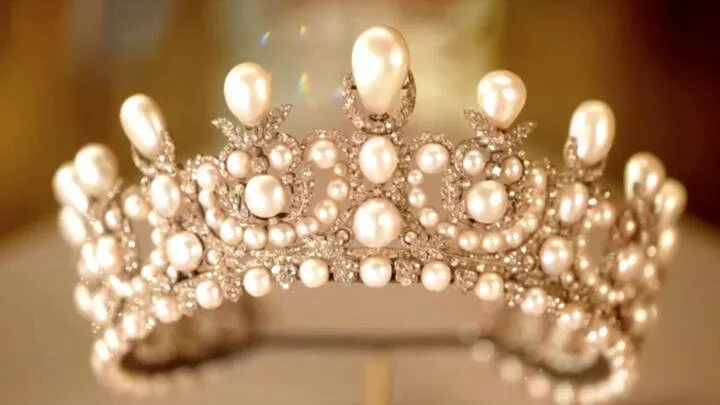When the gems vanish: the biggest jewelry thefts of all time
1. The Louvre heist, October 2025
On October 19, 2025, thieves struck the Louvre museum in Paris, making off with multiple pieces of royal-jewelry heritage — including a necklace from the sapphire set of Queen Marie‑Amélie (composed of eight sapphires and 631 diamonds) and a tiara of Empress Eugénie (nearly 2,000 diamonds). Le Monde.fr The criminals escaped in just seven minutes, exploiting a vulnerable gallery window and disabled alarms. Investigations are ongoing, and these historic pieces remain missing.
2. The Antwerp Diamond Heist (February 2003)
In what has been called the “heist of the century,” thieves broke into the subterranean vault of the Antwerp Diamond Centre in Belgium and stole more than US $100 million worth of diamonds, gold and jewellery. HISTORY+2Wikipedia+2 Although some loot was recovered (around US $43 million worth), the majority of the haul remains missing. HISTORY+1
3. The Cannes Jewellery Heist (July 2013)
At the luxury Carlton InterContinental Hotel during the Cannes Film Festival on July 28, 2013, a lone gunman entered a jewellery suite storing pieces from Lev Leviev and walked out with jewels valued at US $136 million (72 items including a 55-carat diamond ring, 30-carat emerald and 29-carat sapphire). Finance Monthly+1 Many of those items have never been recovered.
4. The Graff Diamonds Robbery (August 2009)
In London’s Mayfair district, on August 6, 2009, disguised thieves entered the boutique of Graff Diamonds and stole 43 pieces of jewellery worth around US $65 million at the time (one necklace alone had more than 270 diamonds). HISTORY+1 None of the major pieces have been publicly recovered.
What these thefts teach us
Value is portable — Fine jewelry and loose stones are high value, small size, divisible and hard to trace once melted or recut. The Antwerp and London heists show how thieves exploit this.
Even top-tier security can be vulnerable — From the seemingly impenetrable vault in Antwerp (infrared sensors, Doppler radar, seismic alarms) to the public hotel suite in Cannes, criminals succeeded by exploiting unexpected weaknesses. HISTORY+1
Missing items often stay missing — Many of the stolen jewels have never surfaced. Once broken down, recut or dispersed, recovery becomes nearly impossible.
Historic and sentimental pieces draw special risk — The Louvre theft underscores that museum-quality jewellery (royal sets, heirlooms) remains a target — not just retail, but publicly displayed heritage pieces.
Why this matters for jewellery owners (and buyers)
Documentation is essential — Knowing metal purity, gemstones’ specs, provenance and having current appraisals makes recovery more feasible and insurance more accurate.
Security vigilance matters — Whether you own high-value pieces or heirloom jewelry, consider safes, display caution, alarms, and if you display them publicly.
Know the resale risk — Jewelry that enters the black market may be recut/stones removed, making tracking nearly impossible. This impacts value and traceability.
Appraisal & insurance-readiness — Loss or theft means you’ll need up-to-date appraisals and proper documentation for claims and recovery efforts.
Final word
These dramatic heists — from Antwerp to London to Paris — remind us that behind the spark of beauty lies real value, risk and stories of loss. They also underscore how important it is to both safeguard your treasures and know their value and history.
At Everglow Jewelry, whether you’re looking to insure, appraise or redesign a piece of jewellery — our team is here to help ensure your jewellery’s safety and legacy. If you’d like help with an appraisal, documentation, or a custom design built for lasting value, we’d be glad to assist.

